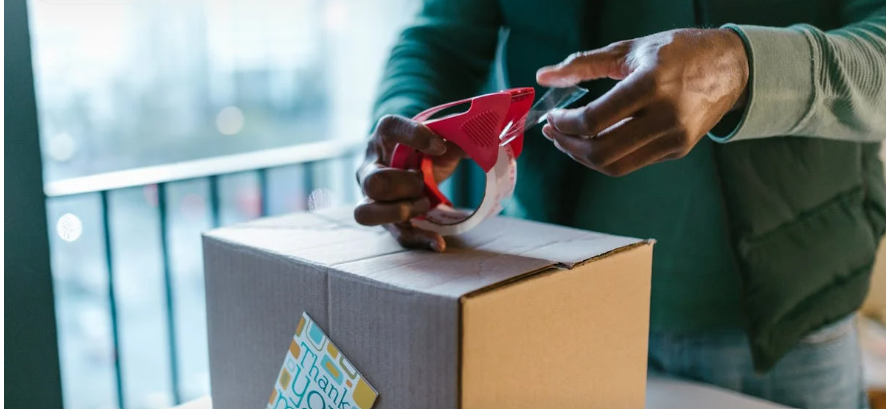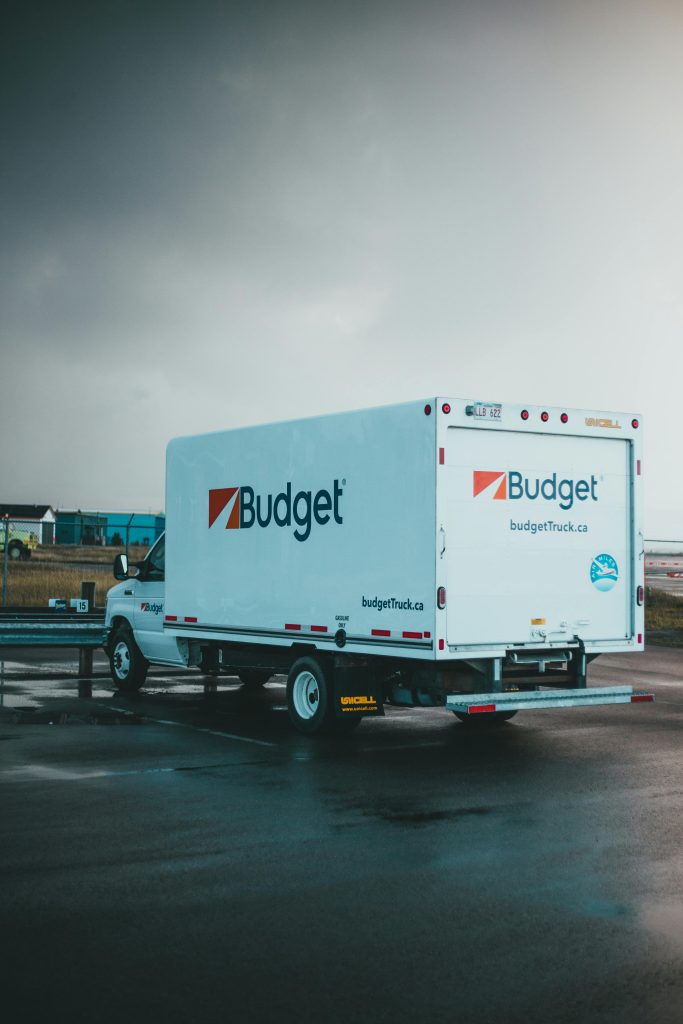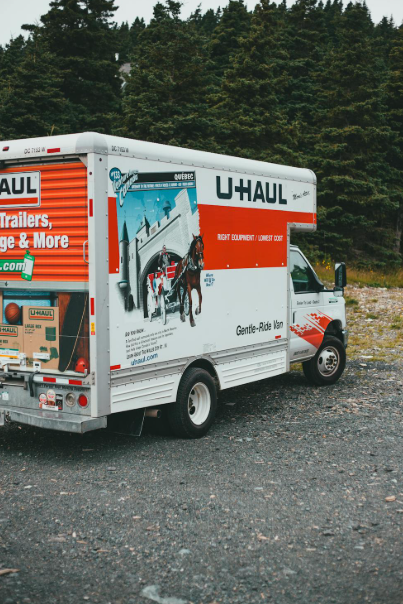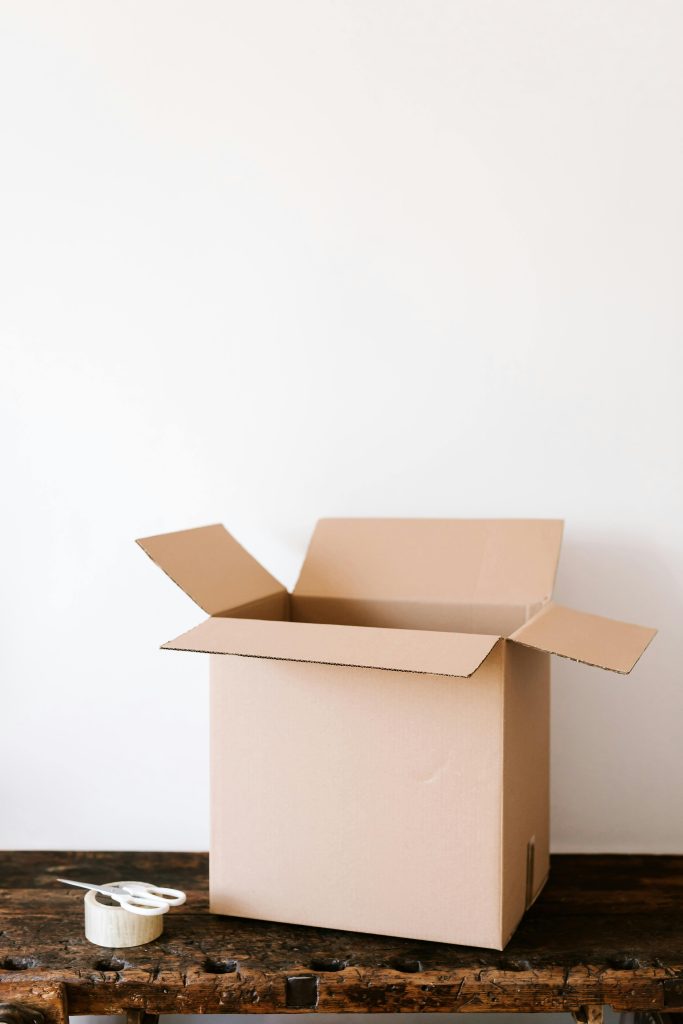Maximize Your Move: Figuring Out the Peak Moving Season
Moving is already stressful enough; some even say it’s one of the most overwhelming experiences in a person’s life. Throw in peak moving season, and suddenly you’re dealing with sky-high demand, limited availability, and a guaranteed headache.
If you can avoid moving during the busiest months, great. But we know that’s not always possible. That’s why smart planning, done early and done right, is your best shot at a smooth, stress-free month.
At My Storage Box, we’ve helped countless people easily navigate this hectic time. With years of experience on our side, we’ve got the best tips and tricks to help you pull off a successful move against all odds. Let’s jump in!

When is Peak Moving Season?
Peak moving season typically runs from May through September, with July being the busiest month of all. During this time, demand for moving services skyrockets, which often means higher prices, limited availability, and faster booking deadlines.
Understanding the dynamics of peak moving season is key to planning a successful and low-stress relocation.
But why is this time of year so popular?
Here are a few common reasons why there’s an increased demand during warmer months:
- Favorable weather conditions: Summer months offer dry, predictable weather, ideal for moving. You’re less likely to deal with icy roads, slippery driveways, or unexpected delays caused by winter storms and extreme weather;
- School schedules: Families often relocate during the summer break before the new school year begins to minimize disruption.
- More real estate market activity: Summer tends to be the hottest season for the real estate industry, offering more listings and better options on the housing market.
- Time off and flexible schedules: People typically have more free time during spring and peak summer months, whether it’s school breaks, paid vacation, or lighter workloads.
- Newlyweds on the move: With most weddings happening in spring and summer, it’s no surprise that newlyweds often move during these months to start their next chapter.
When Is the Best Time to Move?
While the best time to move ultimately depends on your personal needs, certain times of the year and even specific days can make the moving process easier and more affordable.
Early fall, winter months, and early spring are generally the optimal time to move if you’re looking to avoid peak demand, score lower prices, and have more flexibility with scheduling. That said, summer may still be ideal for families with school-age children, as it avoids disrupting the academic year.
If you want to avoid crowds and higher costs, aim for:
- Mid-month (1st and last weeks are the busiest)
- Weekdays, especially Tuesdays and Wednesdays, when movers are more available and rates are typically lower;
- Off-peak hours, avoiding early morning traffic, evening rush hour, and major holidays when stress levels run high.
If you can choose your desired moving date, opting for the off-peak season can save money, time, and unnecessary stress.
Of course, not everyone can have the luxury of choosing the perfect moving date. Work commitments, lease deadlines, school schedules, or even sudden life changes often mean moving during the busiest months of the year is simply unavoidable. And while moving in peak season comes with challenges, it’s absolutely manageable with the right strategy.

7 Pro Tips for Moving During the Peak Moving Season.
If a summer movie is in your future, don’t worry!
We’ve put together seven proven tips to make even the busiest time of the year feel more under control.
Prepare for High Season
Peak times mean two things: high demand and limited options. That’s why it’s crucial to plan ahead.
Lock in your moving company, moving truck, and storage unit at least 6-8 weeks in advance. The sooner you plan, the more options you’ll have (and the less you’ll pay).
From there, map out your moving time frame. Break it down into key milestones like decluttering your space, gathering packing supplies, hiring movers, updating your address, and finalizing important paperwork. A written checklist may be the best thing you can do for your own peace of mind and to help you stay on track.
Make a Budget Plan
Moving can sneak up on your wallet, especially during peak season moves. Things add up quickly between movers, fuel, packing supplies, insurance, and possibly short-term housing or storage.
Build a realistic budget that includes a cushion for last-minute expenses. Because let’s be honest, there are always a few!
Generally speaking, moving costs are affected by distance, the weight of your belongings, extra services, and timing. It also depends on whether you decide to go the DIY way or pro.
If you’re thinking whether you should do it yourself or hire professional movers, looking at it like this may help you decide. DIY moves can be more affordable if you have time, help, and equipment. But if you’re short on time or dealing with a complex move, professional movers can be worth the investment for a faster, smoother experience.
Remember, whichever route you decide to take, knowing your financial situation can help you make smarter, stress-free decisions.

Pack Efficiently (And Early!)
Packing in a hurry is never fun, especially when the weather’s hot and you’re short on time.
So start packing early, beginning with the rooms and items you use the least, like guest rooms and storage closets, and work your way towards daily essentials.
Label boxes clearly, and grab more packing supplies than you need. Believe it or not, boxes, bubble wrap, and tapes tend to vanish during peak season, so don’t leave it for the last minute.
Want to cut costs where possible? Pack most of your belongings yourself and leave only the fragile, high-value items to the pros. A well-planned packing timeline can make a world of difference. It’s not just about throwing things in boxes; it’s about protecting your items and making unpacking easier on the other end.
Rent a Storage Unit
Sometimes, everything just doesn’t fit, or doesn’t need to move right away. That’s why renting a storage unit can make your move dramatically easier. A clean storage unit gives you breathing room, especially if:
- You’re moving between homes and need a temporary spot
- You’re downsizing and want time to sort through belongings
- You want to avoid cluttering your new place on day one
Got sentimental items like collectibles, seasonal décor, or antiques you’re not ready to part with? Climate-controlled storage can be a safer bet than stuffing them in a basement or garage.
Find Trustworthy Partners
A smooth move often comes down to who you work with. So, take time to research and compare moving companies, storage facilities, and real estate agents. Read reviews, look for licensing, insurance, and always get more than one quote.
Peak season can bring peak prices, so ask about any seasonal surcharges or hidden fees before you sign anything. And when it comes to storage partners, choose a secure, flexible, and transparent facility with pricing.
Plan for Kids and Pets
Moves can be overwhelming for the little ones, so if you’re moving with kids or pets, you’ll need a strategy. Try to keep their routines as normal as possible before the move. Talk to your kids about what’s happening, and give them small responsibilities to help them feel involved.
If you can, have pets and small kids stay with a trusted friend or relative on moving day. If not, create a calm space away to reduce stress (for them and you). Pack a bag with their essentials like favorite toys, snacks, or medications, and make sure their needs are at the top of their minds during the relocation process.
Have Your Essentials With You
Here’s the truth: you may arrive at your new home before your belongings do. That’s why it’s important to pack an “essentials” kit with everything you need to survive the first few days. Pack like you’re going on a weekend trip, and include:
- Clothing and toiletries
- Hygiene items
- Chargers
- Medication
- Important documents
- Snacks, utensils, and maybe even a coffee maker (because priorities)
You’ll be so glad you thought ahead when everything else is still in boxes.
Make Your Move Smooth With My Storage Box
There’s no denying that moving houses is stressful. But why not make things easier on yourself? Using storage can be a total game-changer. It’s the perfect way to declutter, get organized, and take a load off your shoulders.
With the tips we’ve shared, you can turn this summer move into one of the easiest transitions you’ve ever made. We’d love to be a part of that journey with you. My Storage Box offers secure and affordable storage solutions with 24/7 access, video monitoring, and gated entry to keep your belongings safe. Rest easy knowing your things are in good hands.
Ready to take the next step? Click the link to get started, where you can reserve a unit and make monthly payments. Or, feel free to call us at (580) 300-3006.










